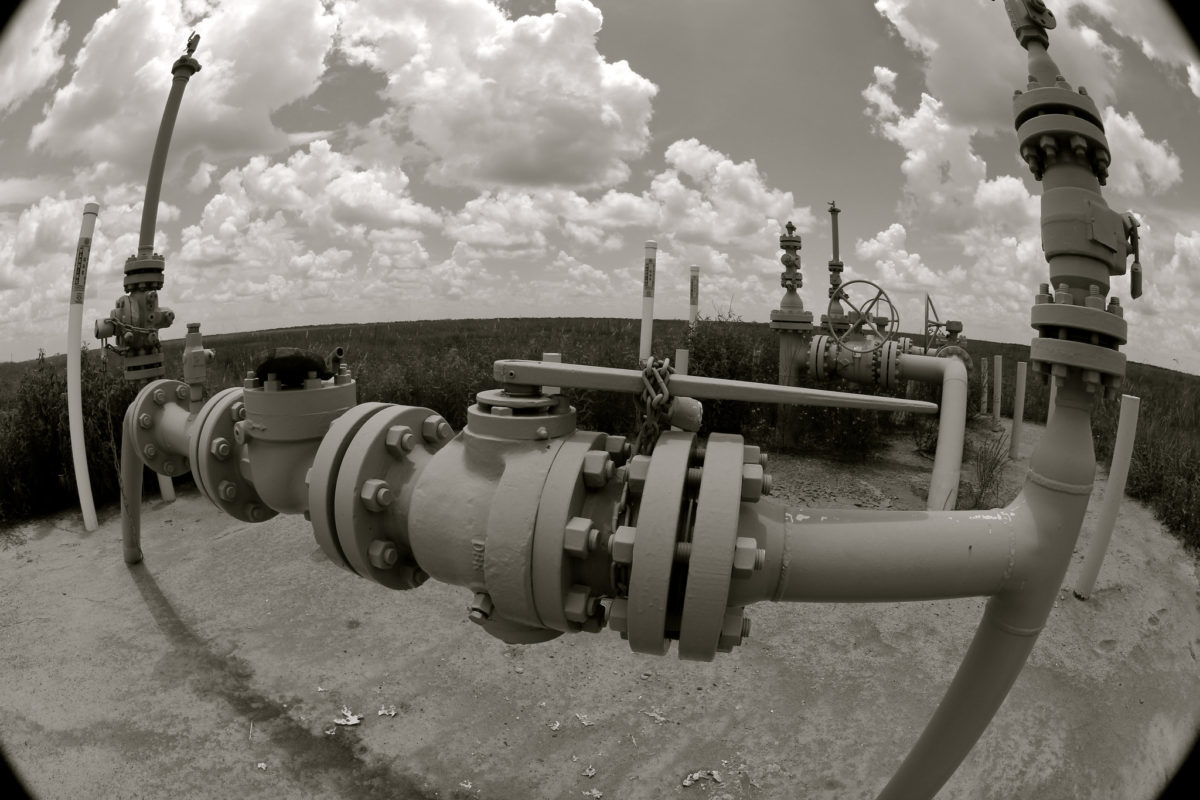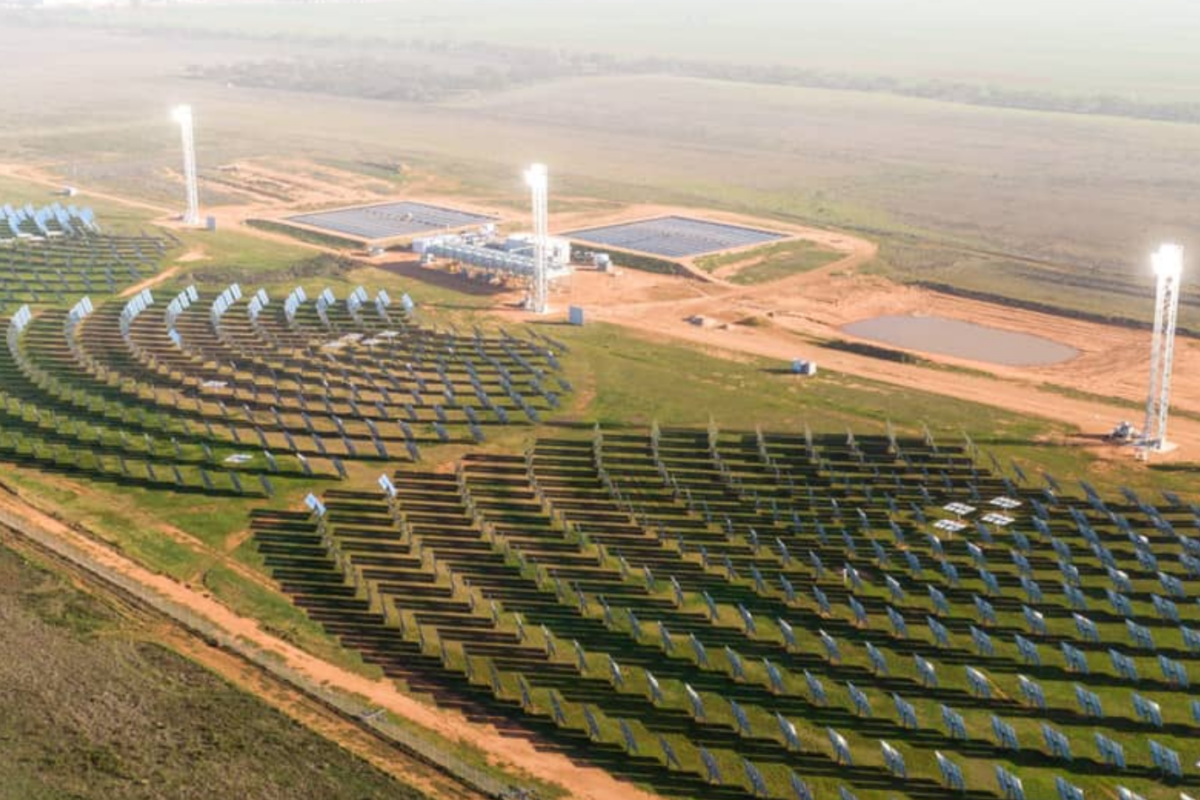In a video conference on Monday, Australian Prime Minister Scott Morrison and his Singaporean counterpart Lee Hsien Loong agreed to expand the two countries’ strong bilateral relationship in several areas of common interest, including military, digital trade, cyberspace security as well as low emissions technologies. The prime ministers committed to conclude a Memorandum of Understanding this year to drive cooperation through projects and initiatives in developing hydrogen markets, supply chains and standards; Carbon Capture, Utilisation and Storage (CCUS); and renewable electricity trade.
While the type of hydrogen has not been specified in Morrison’s announcement, it is safe to assume that both hydrogen produced using renewable energy and the one via fossil fuels with CCUS will be in the game. After all, Australia’s National Hydrogen Strategy released in November last year is “technology-neutral”, reflecting Australia’s Chief Scientist Alan Finkel’s ambivalent stance – his continued push toward hydrogen produced by solar and wind, but also attachment to the fossil fuel-CCUS idea.
However, the good news is that the Strategy also envisaged the development of a hydrogen certification scheme that will show the emissions intensity of hydrogen produced in Australia. With such transparency, prospective importers will be aware of the environmental impacts of the hydrogen they use. And Australia expects to have many trading partners, particularly in Asia, including China, South Korea, Japan and Singapore, which are already looking to develop hydrogen economies.
The first deals to meet future hydrogen export demand have already been made. In January, the Australian and Japanese trade ministers met in Melbourne to sign a joint statement of cooperation. The agreement and collaboration between the two nations hopes to affirm Australia’s potential as a major exporter of hydrogen, with Japan as a key recipient. However, the exact demand for Australian hydrogen in Japan has been hotly contested. The Australia Institute has argued the hydrogen export projections from consulting firm ACIL Allen, which the government is referring to, were 11 times higher than Japan’s official target, noting that even the low demand projection is two and half times the official target.
RE electricity trade
Interestingly, the Australia-Singapore low-emissions plans also include renewable electricity trade. Last year, Singapore’s state-owned power grid operator said it wanted to build more connections to neighboring countries to tap their greater potential for renewable energy, referring primarily to Malaysia and Indonesia. While a bit further to the south, Australia already has a massive solar project in an advanced planning stage that could cover 20% of Singapore’s electricity needs.
In November last year, the capital raising marked the start of the ambitious plan to develop the world’s largest solar farm with a 10 GW capacity covering 15,000 hectares near Tennant Creek in the Northern Territory, coupled with a 22 GWh battery storage facility. The project would aim to supply power to the Darwin region and to Singapore via a 4,500 km high-voltage direct-current transmission network, including the 3,800 km submarine cable.
The plan was first unveiled in June with the Northern Territory government on board and was soon awarded major project status. The project won the backing of Australian billionaires and found definite interest with iSwitch, Singapore’s largest green energy retailer, which pledged its support as a foundation off-taker for the solar energy produced by the proposed Sun Cable project. Whether or not, the two prime ministers had this project in mind when discussing the renewable electricity trade plans, it is yet to be seen.
In light of the prevailing COVID‐19 pandemic, the prime ministers have agreed to continue consulting and share best practices to tackle the outbreak. They stressed the importance of keeping the markets open and supply chains functioning to support the delivery of supplies essential for dealing with the pandemic.
This content is protected by copyright and may not be reused. If you want to cooperate with us and would like to reuse some of our content, please contact: editors@pv-magazine.com.









By submitting this form you agree to pv magazine using your data for the purposes of publishing your comment.
Your personal data will only be disclosed or otherwise transmitted to third parties for the purposes of spam filtering or if this is necessary for technical maintenance of the website. Any other transfer to third parties will not take place unless this is justified on the basis of applicable data protection regulations or if pv magazine is legally obliged to do so.
You may revoke this consent at any time with effect for the future, in which case your personal data will be deleted immediately. Otherwise, your data will be deleted if pv magazine has processed your request or the purpose of data storage is fulfilled.
Further information on data privacy can be found in our Data Protection Policy.